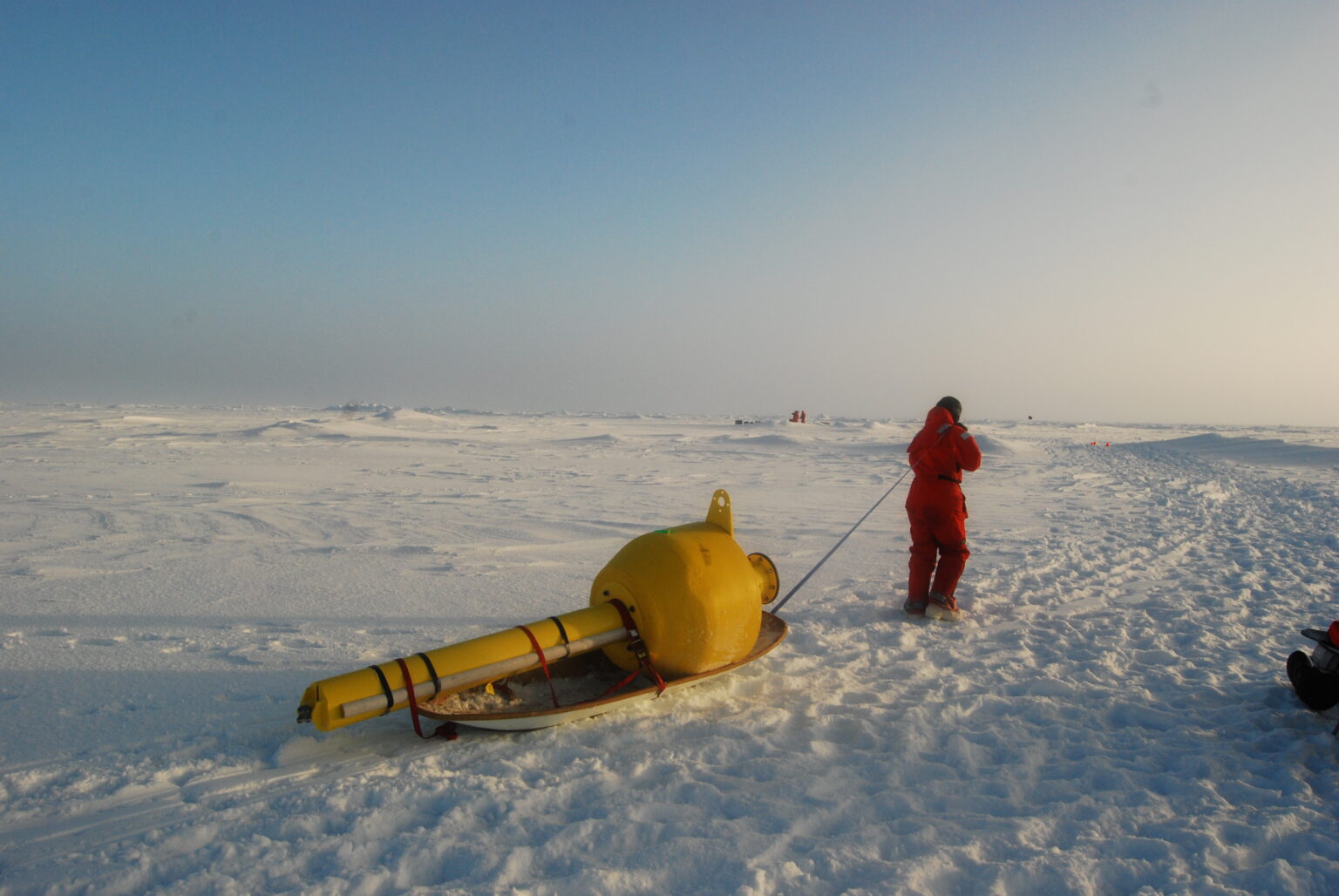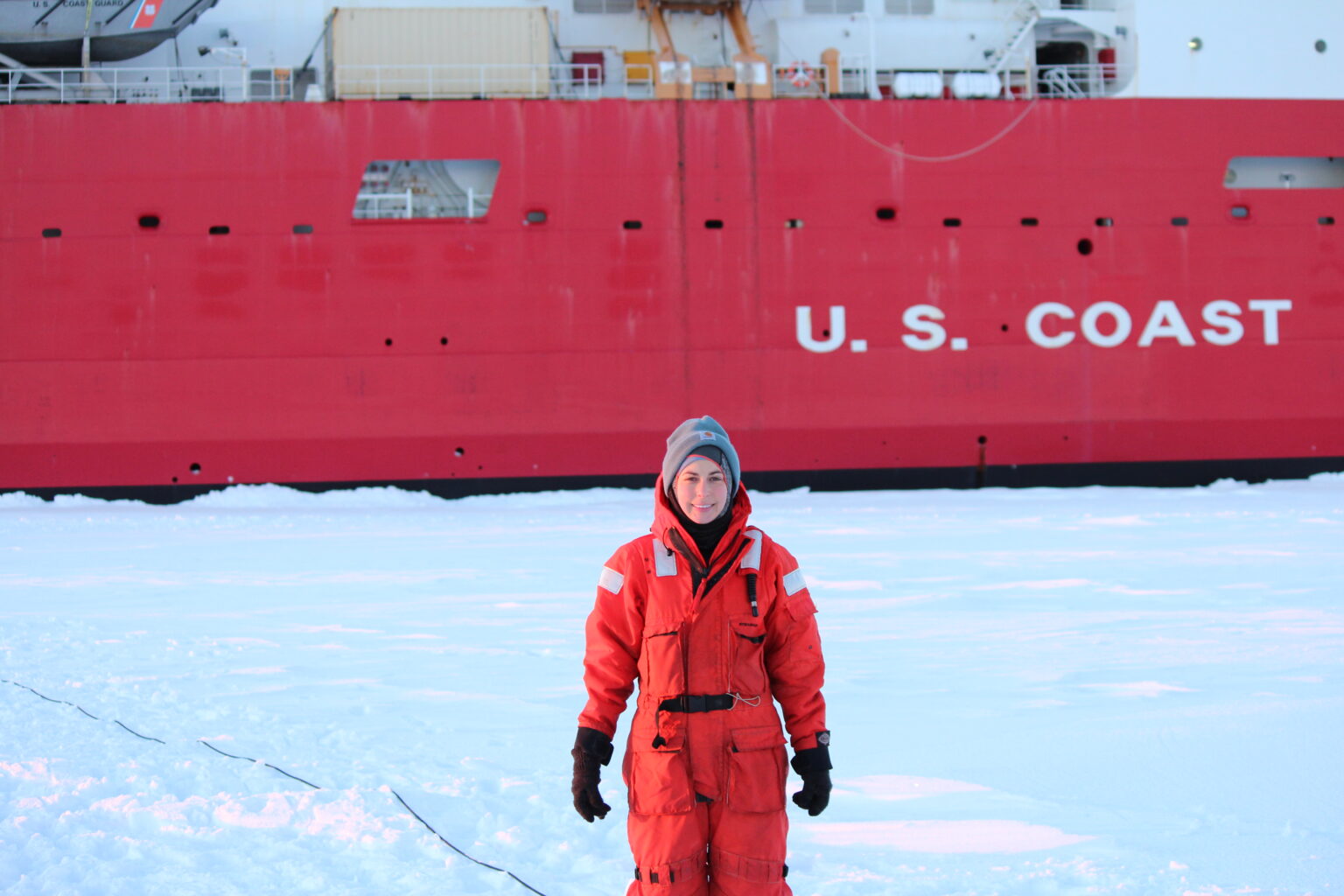"Satellite Remote Sensing & Model Reanalysis Estimates of Upper-Ocean Heat Content in the Canada Basin"
A Thesis Defense by Amanda Camarato
MLML Live-Stream | December 3rd, 2021 at 12 pm
Thesis Abstract:
The partitioning of solar radiation entering the upper ocean in the presence of sea ice during the Arctic summer is essential to predicting future ice retreat. This study compares predicted incoming heat with upper ocean density and thermal structure by constructing a simple, one-dimensional vertical heat budget around drifting buoy clusters deployed as part of the Stratified Ocean Dynamics of the Arctic experiment. Model reanalysis surface heat flux estimates were used with Synthetic Aperture Radar (SAR) and satellite radiometer derived open water fraction (OWF) estimates to construct an incoming surface heat flux budget. The incoming solar radiation forced upper-ocean heat gains, either stored locally or contributing to ice melt, through open water and the thinning ice cover. The estimated seasonal heat input directly through SAR-determined open water is roughly 44 MJ m-2, and the measured heat sinks total 104 MJ m-2 for mixed layer heat gain, basal melting, and basal conductance. Given the lack of sizeable advective heat sources, these results suggest that the residual heat source is through-ice transmittance. A transmission parameter was estimated from the residual heat flux and comparable to previous in situ observations of ice transmittance. These results suggest that through-ice transmittance is the dominating heat source around the observation site during the summer 2019 melt season.




